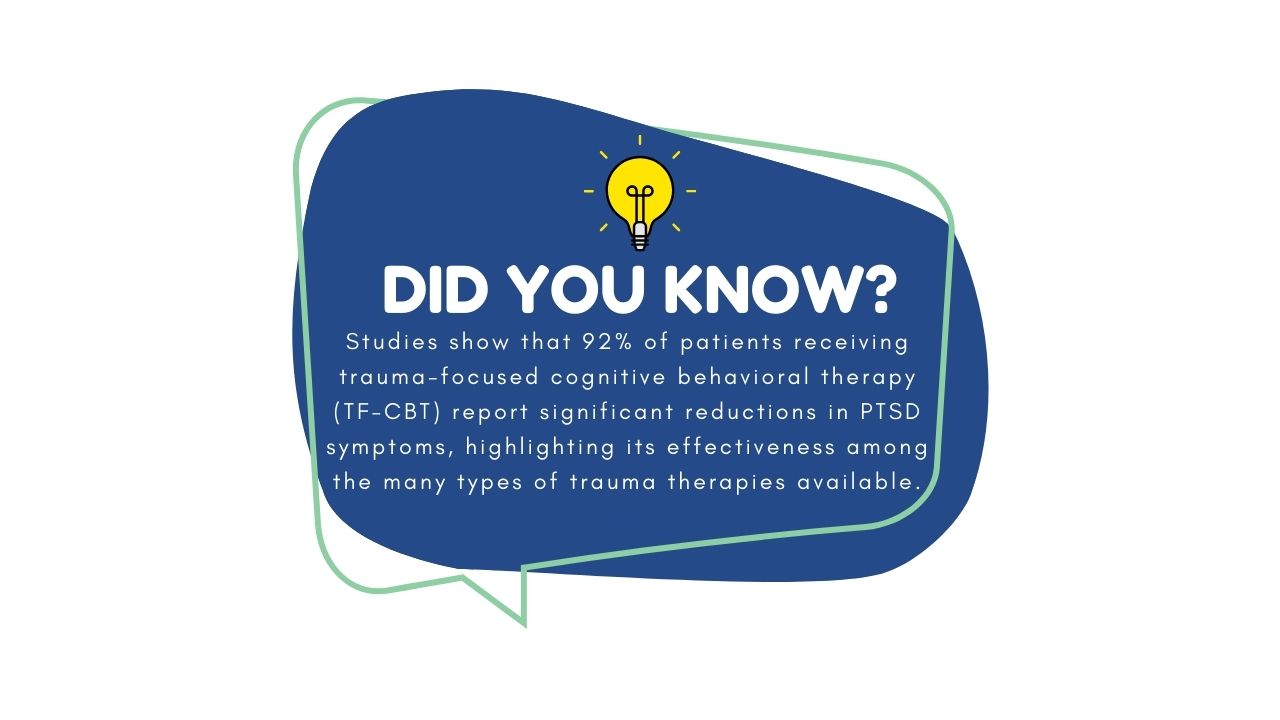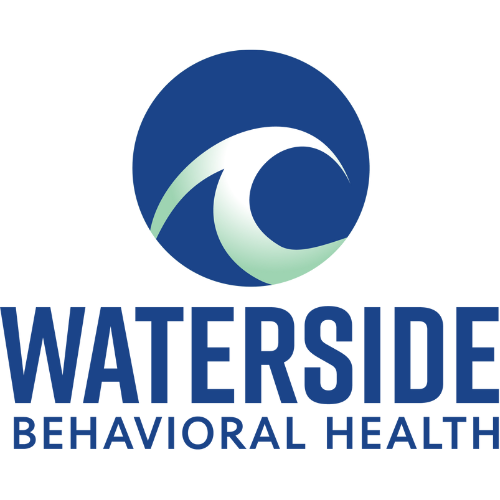What Are the Different Types of Trauma Therapy: A Comprehensive Guide for Recovery
What are the different types of Trauma Therapy? Trauma therapy helps people overcome difficult life events that affect their mental health. Each person responds to trauma differently, so therapists use various approaches to provide support and healing.
Trauma therapy includes several effective methods like Cognitive Behavioral Therapy (CBT), Eye Movement Desensitization and Reprocessing (EMDR), and Somatic Experiencing (SE), each designed to address specific aspects of trauma recovery. These approaches help patients process painful memories and develop healthier coping skills.
Understanding these different therapy types helps trauma survivors find the right treatment for their needs. Some people respond better to talking therapies, while others benefit from approaches focusing on body sensations or guided visualization.
Foundations of Trauma Therapy
Trauma therapy is built on evidence-based approaches that address both the psychological and physiological impacts of traumatic experiences. These foundations guide therapists in creating safe environments where healing can occur.
Understanding Trauma
Trauma occurs when a person experiences an event that overwhelms their ability to cope. It can result from a single incident like an accident or from ongoing situations such as childhood abuse or combat exposure.
The brain processes traumatic events differently than ordinary memories. Instead of being stored as a coherent narrative, traumatic memories often become fragmented and can trigger intense emotional and physical reactions long after the danger has passed.
Trauma affects people on multiple levels:
- Emotional – feelings of fear, shame, and helplessness
- Cognitive – negative beliefs about self and world
- Physical – chronic tension, sleep problems, and heightened startle response
- Behavioral – avoidance of trauma reminders
Neuroscience research shows that trauma can alter brain structures, particularly the amygdala, hippocampus, and prefrontal cortex, affecting emotion regulation and memory processing.
Goals and Principles of Trauma Therapy
Effective trauma therapy focuses on several key objectives that help survivors reclaim their sense of safety and wellbeing.
Primary goals include:
- Establishing safety and stability
- Processing traumatic memories
- Reducing symptom intensity
- Reconnecting with others
- Building coping skills
- Restoring a sense of control
Trauma therapy operates on principles that prioritize the client’s autonomy and unique needs. The therapeutic relationship must offer consistency, transparency, and collaboration.
Most approaches follow a phased treatment model:
- Stabilization – developing resources and coping strategies
- Processing – working through traumatic experiences
- Integration – applying new insights to daily life
Therapists recognize that healing isn’t linear. Progress often involves cycles of processing and stabilization. The pace is determined by the client’s readiness, not by rigid timelines or protocols.

Major Approaches to Trauma Therapy
Trauma therapy uses several effective methods to help people heal from traumatic experiences. Each approach offers unique techniques to process difficult memories and reduce symptoms.
Cognitive-Behavioral Therapy (CBT)
CBT is one of the most researched trauma treatments available today. It helps people identify and change unhelpful thought patterns related to their trauma.
A key CBT technique is cognitive restructuring, which challenges distorted beliefs about the traumatic event. For example, someone might believe “I’m always in danger” after an assault. CBT helps replace this with more balanced thoughts.
Exposure therapy, a CBT component, gradually introduces memories or situations that trigger fear. This controlled exposure helps reduce avoidance behaviors.
CBT typically runs for 12-16 sessions. Research shows it effectively reduces PTSD symptoms in 50-75% of patients.
Many therapists use Trauma-Focused CBT (TF-CBT), a specialized version for children and adolescents. It includes family involvement and specific trauma-processing techniques.
Eye Movement Desensitization and Reprocessing (EMDR)
EMDR uses bilateral stimulation—typically eye movements—while patients recall traumatic memories. This unique approach doesn’t require a detailed discussion of the trauma.
During EMDR sessions, a therapist guides the patient to focus on traumatic memories while following the therapist’s finger moving back and forth. This creates dual attention that seems to help the brain process difficult memories.
The standard EMDR protocol includes eight phases:
- History taking
- Preparation
- Assessment
- Desensitization
- Installation
- Body scan
- Closure
- Reevaluation
EMDR typically requires fewer sessions than traditional talk therapy. The World Health Organization recognizes it as an effective PTSD treatment.
Many clients report that EMDR feels less emotionally draining than other trauma therapies because they don’t need to discuss their trauma in detail.
Psychodynamic Psychotherapy
Psychodynamic therapy explores how past experiences, especially from childhood, shape current reactions to trauma. It focuses on unconscious processes and relationship patterns.
Unlike more structured approaches, psychodynamic therapy creates a safe holding environment where patients can freely express thoughts and feelings. The therapist-client relationship becomes a tool for healing.
This approach helps identify defense mechanisms people use to protect themselves from trauma-related pain. By recognizing these patterns, clients can develop healthier coping strategies.
Psychodynamic therapy may last longer than other approaches—sometimes months or years. It’s particularly helpful for complex trauma and childhood abuse.
Research shows that benefits often continue or even increase after therapy ends, known as the sleeper effect.
Somatic Experiencing
Somatic Experiencing focuses on physical sensations rather than just thoughts or emotions. It’s based on the idea that trauma gets “stuck” in the body.
This approach, developed by Dr. Peter Levine, helps people notice and release trapped survival energy from the nervous system. The therapy progresses gradually to avoid overwhelming clients.
Key techniques include:
- Tracking body sensations
- Titration (introducing trauma in small, manageable doses)
- Pendulation (moving between comfort and discomfort)
- Resourcing (identifying sources of safety and strength)
Sessions often involve simple exercises like gentle movements, breathing techniques, and mindfulness of bodily sensations.
Somatic Experiencing is particularly helpful for developmental trauma and when talking about trauma feels too difficult. It helps reconnect people with their bodies after trauma has disrupted this connection.
Integrative and Emerging Therapies
Trauma therapy continues to evolve with innovative approaches that combine elements from multiple therapeutic techniques. These methods often address different aspects of trauma recovery through skill-building, narrative processing, and mindfulness practices.
Dialectical Behavior Therapy (DBT)
DBT helps trauma survivors manage intense emotions and develop healthier coping mechanisms. Originally created for borderline personality disorder, it now serves as an effective trauma treatment.
The therapy focuses on four key skill areas:
- Mindfulness: Staying present in the moment
- Distress tolerance: Managing crisis situations
- Emotion regulation: Understanding and controlling emotional responses
- Interpersonal effectiveness: Communicating needs effectively
DBT typically combines individual therapy with group skills training sessions. Therapists validate clients’ experiences while encouraging positive change. This balance of acceptance and change helps trauma survivors build resilience and reduce self-destructive behaviors.
Narrative Exposure Therapy (NET)
NET was developed specifically for treating trauma survivors, particularly those who experienced multiple traumatic events. It works well for refugees, war survivors, and victims of ongoing abuse.
During NET sessions, the therapist helps the client create a chronological narrative of their life, focusing on both traumatic and positive experiences. This process typically spans 8-12 sessions.
The approach helps survivors:
- Organize fragmented traumatic memories
- Process emotional reactions to trauma
- Develop a coherent life story
- Restore dignity and meaning
By repeatedly exposing clients to traumatic memories within a safe environment, NET reduces trauma symptoms and helps integrate difficult experiences into one’s life story.
Mindfulness-Based Approaches
Mindfulness practices help trauma survivors reconnect with their bodies and manage triggers in daily life. These approaches include Mindfulness-Based Stress Reduction (MBSR) and Mindfulness-Based Cognitive Therapy (MBCT).
These therapies teach clients to:
- Observe thoughts and feelings without judgment
- Stay grounded during flashbacks or panic
- Develop body awareness and safety
Research shows mindfulness practices can reduce stress hormones and increase activity in brain regions associated with emotional regulation. Many trauma survivors report decreased hypervigilance and improved sleep.
Mindfulness approaches often complement other trauma therapies. They provide practical tools for managing symptoms between therapy sessions and long after formal treatment ends.
Frequently Asked Questions
People seeking trauma therapy often have important questions about how these treatments work and what to expect. These questions address key concerns about techniques, adaptations, and the effectiveness of different approaches.
What techniques are used in trauma therapy?
Trauma therapy uses several evidence-based techniques to help patients process difficult experiences. Exposure therapy gradually introduces trauma memories in a safe environment to reduce their emotional impact.
Cognitive restructuring helps identify and change unhelpful thought patterns related to the traumatic event.
Mindfulness practices teach patients to stay present and develop awareness of bodily sensations without judgment. These techniques often work together as part of a comprehensive treatment plan.
How does trauma therapy for childhood experiences adapt for adults?
Trauma therapy for childhood experiences in adults recognizes the long-term impact of early trauma on development. Therapists often focus on attachment patterns formed in childhood that affect current relationships.
Treatment may address age regression, where adults emotionally respond as they did when they were children.
The pace is often slower, allowing time to build trust since childhood trauma frequently involves betrayal by caregivers. Therapy also helps adults develop self-regulation skills they may not have learned during childhood.
How does EMDR therapy function in the treatment of trauma?
EMDR (Eye Movement Desensitization and Reprocessing) uses bilateral stimulation, typically through eye movements, while patients recall traumatic memories. This process appears to mimic REM sleep, helping the brain process trauma differently.
The eight-phase protocol begins with history-taking and preparation before addressing specific traumatic memories.
EMDR helps patients develop new associations with traumatic memories, reducing their emotional charge. Research shows EMDR can significantly decrease PTSD symptoms, often in fewer sessions than traditional talk therapy.
Why might individuals find trauma therapy challenging?
Trauma therapy can be difficult because it requires facing painful memories that people have worked hard to avoid. This temporary increase in distress is known as therapeutic discomfort.
The physical sensations that emerge during trauma processing can feel overwhelming or frightening.
Some patients worry about losing control of their emotions or becoming overwhelmed. Trust issues may also make it difficult to form the therapeutic relationship necessary for effective treatment.
What are considered best practices in trauma treatment?
Phase-based treatment is considered a best practice, beginning with safety and stabilization before processing traumatic memories. Therapists should conduct thorough assessments to identify specific trauma types and symptoms.
Informed consent ensures that patients understand treatment options and potential challenges.
Regular monitoring of symptoms helps track progress and adjust treatment as needed. Cultural competence is essential as trauma experiences and expressions vary across different cultural backgrounds.
How does cognitive behavioral therapy compare to EMDR for trauma recovery?
Cognitive Behavioral Therapy (CBT) focuses on identifying and changing negative thought patterns related to trauma. It typically involves homework assignments and structured sessions with clear goals. It is commonly used for people with co-occurring disorders or those in addiction treatment.
EMDR requires less verbal processing and works through physical mechanisms that don’t rely on cognitive understanding.
Research shows both approaches are effective, with similar success rates for PTSD treatment. The choice often depends on patient preference, with some responding better to CBT’s structured approach while others prefer EMDR’s less verbal process.
You’re not alone, and help is always within reach. Contact us today at (774) 619-7750 and take control of your mental health.




